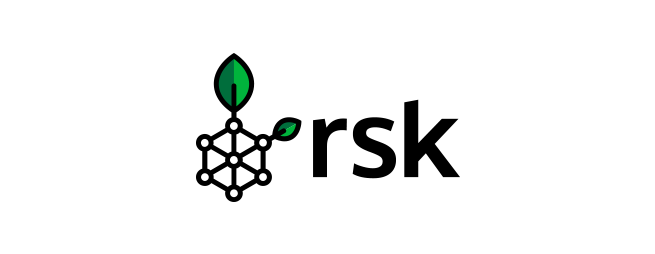The cross-chain stablecoin protocol Babelfish has just announced that they have launched on top of the RSK network secured by the Bitcoin (BTC) ecosystem.Babelfish Launches on RSK
The DeFi industry shows that it continues to thrive thanks to projects such as Babelfish. The firm wants to facilitate flow and exchange and reduce risks for users engaged in DeFi. Thanks to its deployment of different stablecoins, Babelfish is improving the use of crypto dollars in different platforms and protocols (dApps).
With this deployment on top of the RSK network, they want to attract dollar liquidity to RSK. They would facilitate a 1:1 exchange between different stablecoins and chains in demand. Users would also be able to earn interest in rBTC and also FISH tokens if they decide to do so.
By aggregating liquidity from different issuers and blockchain networks, BabelFish became the largest stablecoin to be deployed on the RSK ecosystem. Additionally, the meta-stablecoin XUSD has already reached $10 million in deposits after being deployed two months on the mainnet, showing the large demand for this digital currency.
Basically, if users want to use a stablecoin on another blockchain network, they can easily stick it to Babelfish and get a convertible stablecoin to use on the other chain. This is how easy the bridge works.
The decision to launch the stablecoin on RSK is related to the impressive growth experienced by the entire RSK DeFi ecosystem. With this new stablecoin, the goal for Babelfish is to play an increasingly influential role in the network, working as a stablecoin gateway.
It is worth pointing out that Babelfish has also been growing thanks to Sovryn, one of the most popular DeFi projects on RSK. This was the first project to integrate the XUSD digital currency into its bridge, simplifying UI/UX for users. This has also allowed for deeper stablecoin liquidity for users in this network.
The protocol will definitely have an important role in the crypto industry by providing thousands of stablecoins the possibility to grow and challenge the current concentration of the stablecoin market.
Users can also vote on different proposals connected to the protocol. This would make the whole ecosystem much more user-focused, allowing it to expand even further in the coming years.
Source: Read Full Article
